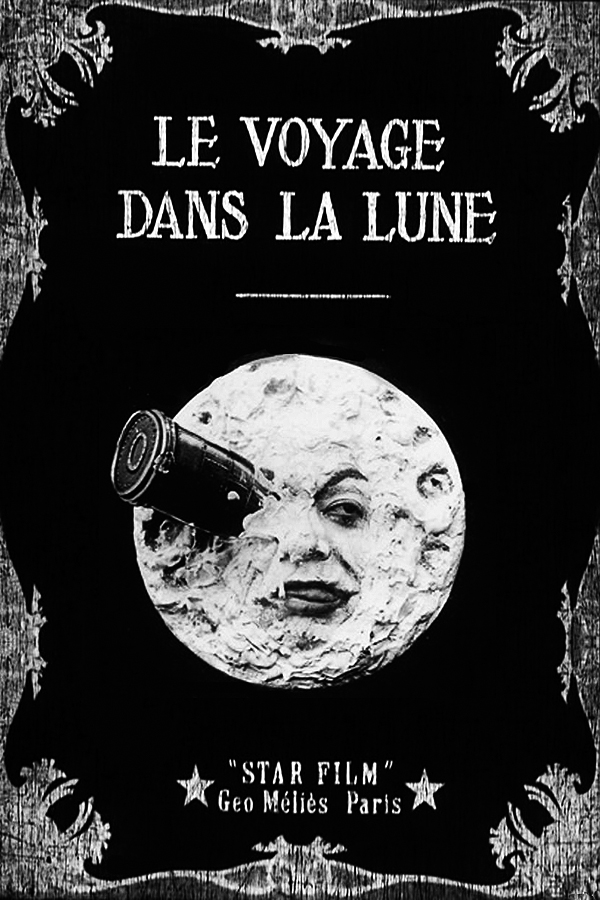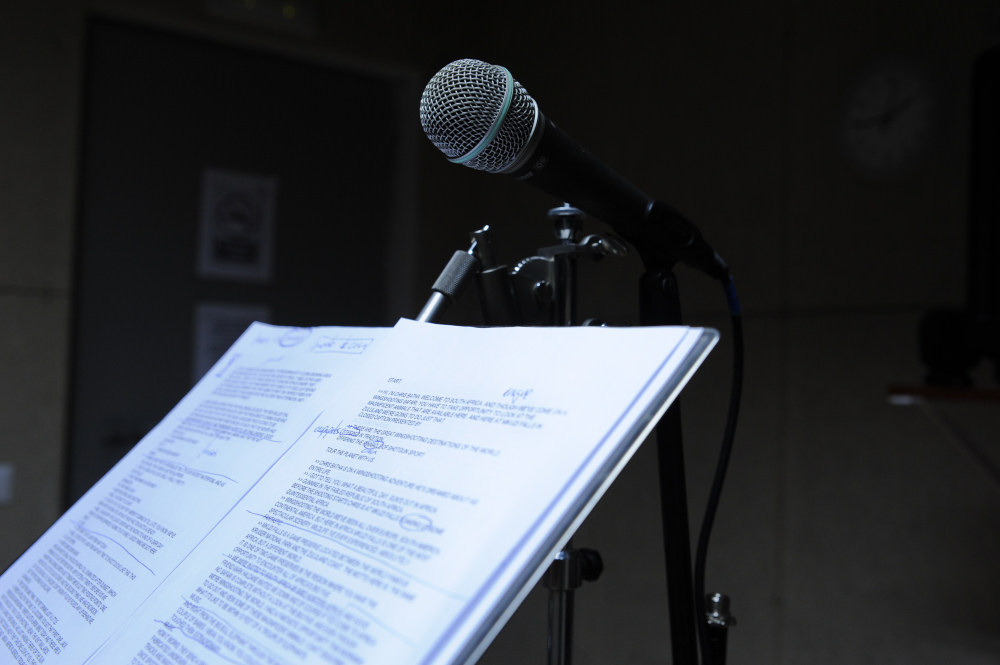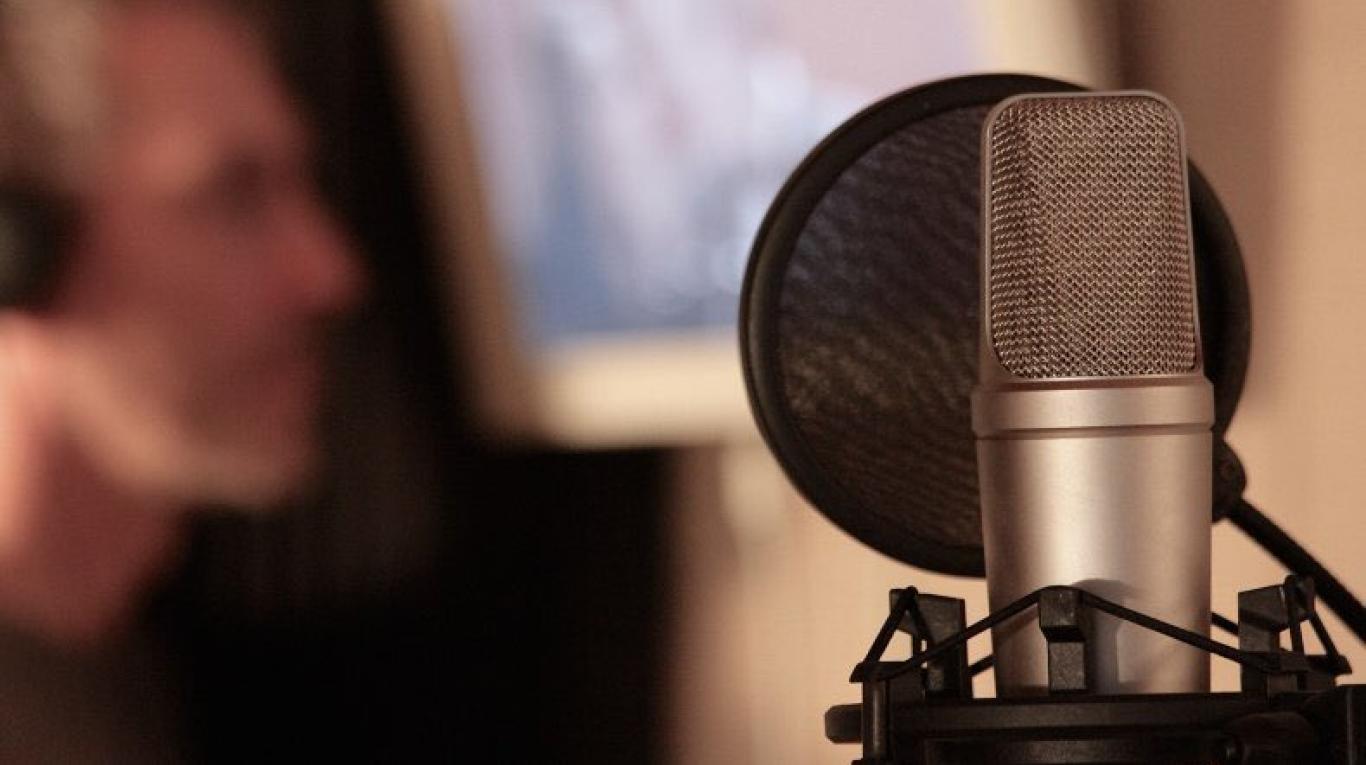Films
The history of films is the history of cinema. The idea of reproducing the illusion of movement by combining a series of still images is an old one, and before the invention of what we today know as cinema there were many other ingenious creations, including the camera obscura and thaumatrope. The Kinetoscope, meanwhile, which is attributed to William K. L. Dickson (assistant to Thomas Edison), was built in Edison’s New Jersey laboratory – considered to be the world’s first cinema studio.
It is to the Lumière brothers, however, that we owe the modern concept of cinema – the productions for their cinematograph of 1895 being true examples of what we would now describe as cinema. From this pioneering start, film enjoyed a constant and rapid evolution throughout the 20th century. Silent movies gave way to sound, and then in 1935 colour splashed onto the screen for the first time.

Poster for the film A Trip to the Moon (1902), directed by the French film-maker Georges Méliès.
Nowadays, when we talk about cinema we refer to a broad range of audiovisual productions that includes feature films (cinematic productions of at least 60 minutes), medium-length films (those of anything between 31 and 60 minutes) and shorts (which range from 1 to 30 minutes). These can be of any ilk and format, with the principal genres of cinema today including action, adventure, comedy, drama, horror, musicals, science fiction, war, westerns and thrillers.
At AMPERSOUND we have considerable experience when it comes to film translation, irrespective of the format in which they are presented. We translate films for television, cinema, DVD/Blu-Ray, VOD platforms, national and international film festivals, plus new virtual platforms – and all of these with the insatiable enthusiasm of a newcomer, yet backed up by countless years of practice in the sector.If you have a cinematic project and want it to reach the widest possible audience, tell us all about it using the contact form or send us an e-mail via info@ampersoundmedia.com. We’re looking forward to working together in the way that best meets your needs.










